Management / Articles
5W2H: what is it, what are its advantages, how to use it
5W2H is a powerful method to describe problems in a simple way. Find out what it is and how to apply it.

 7 minutes of reading
7 minutes of reading
2023-01-05 16:15:15
The 5W2H is a simple communication tool. It starts with 7 standard questions to describe a problem, a project, or a strategy – which can be answered on a single sheet of paper or slide. From there, you can eliminate ambiguities and align the entire team, save time on extensive reports, and create an effective action plan. Find out what it is and how to use it.
What is 5W2H?
The explanation of the 5W2H method is in the name. It is literally the initials for the seven questions that need to be answered to describe a problem, project, or action. The five “W’s” and the two “H’s” represent:
1. What. What is the project, strategy, activity, or goal you want to achieve?
2. Why. Why does it need to be done, why is it important, and what problem does it solve?
3. Where. What is the location (department, city, digital platform, or other) where the project will take place?
4. When. What is the start and end date for each task?
5. Who. Who is responsible for each task listed in the project?
6. How. What are the steps to achieve the defined goal?
7. How much. How much does the problem cost?
The visual representation of these answers is made in a simple template, usually a single sheet of paper, so that the entire team can follow along.
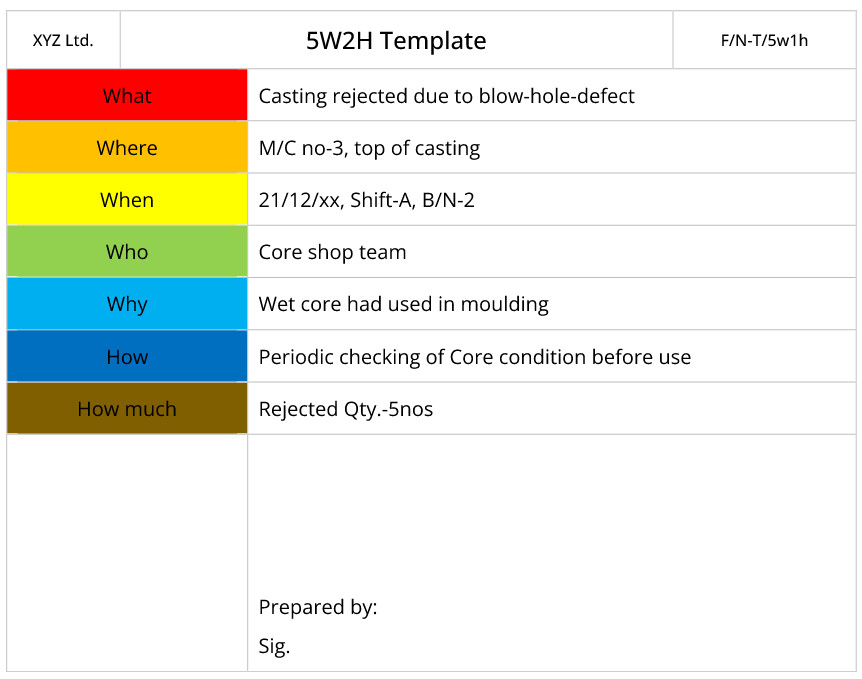
Source: Techiequality
With these answers, it is possible to produce a simple and clear path for effective execution.
What are the advantages of 5W2H?
The 5W2 has many advantages. First, it can describe and solve a problem clearly and objectively, while acting as a communication tool. Because it follows a standard set of questions, 5W2H ensures that nothing important is overlooked in the description of a problem – gaps that can be costly down the road.
Another major advantage is the time this tool saves on reports, presentations, meetings and on (re)informing the team. With just 7 questions, managers can summarize and communicate any kind of problem in a way that everyone can understand. The synthesis of this tool forces the team to be focused and to list only the essential information, even on complex problems. No wonder it is indispensable to continuous improvement initiatives.
In addition, the 5W2H method is very simple, requiring no training or specific tools. Even someone who has never heard of this method can quickly put it into practice.
What are the limitations of the 5W2H method?
The 5W2H is an excellent cover sheet for any project or initiative, but in many cases, it is no substitute for more detailed information about the problem at hand. Pictures, statistical data, Ishikawa diagrams, procedures, or samples may be needed to help supplement it. Still, 5W2H delivers on its initial mission: a summary and communication tool.
On the other hand, it is not always easy to answer 5W2h questions – even though they may seem very simple at first. Quantifying the problems, listing the causes, even assigning tasks, all these tasks require time and reflection.
Finally, many teams see 5W2H as additional, un-welcomed bureaucracy. Although filling out yet another template is not anyone’s dream of efficiency, the obvious advantages in communication and time saved in reporting usually win over even the most skeptical.
How is 5W2H used?
Although very simple, using 5W2H must follow a few rules. The first is the sequence of the questions. This is because, after the problem is described (in the “What” question), the second question (“Why”) determines the feasibility of a project.
When you answer the “Why?”, you will need to provide a justification or a reason for carrying out the project – preferably with data. It may happen that no solid arguments are found at this stage, in which case you may realize that the investment of resources and time is unjustified. Without a solid “Why?”, there is no reason to continue, so the project can be discarded or postponed.
On the other hand, by finding valid reasons to move forward, the remaining questions should be answered in a short and objective manner, so that it is practical and immediate to visualize the status of each task, control timelines, avoid waste, and delegate actions.
For example, imagine applying 5W2H to the industrial washing process, on a problem defined as the accumulation of utensils to be sanitized. Following this method, you could argue in the “Why?” with excessively long waiting times and difficulty in performing the tasks that require the sanitized utensils. Steps and actions could include replacing the washing equipment with others with shorter cycles and training the staff in the procedures to follow. After all tasks are assigned and dated, you get a detailed roadmap to optimize the flow of washing utensils.
Somengil and our commitment to continuous improvement
Continuous improvement is more than adopting tools of quality management. It allows you to have a more comprehensive and strategic vision about all processes and thus remain permanently at the forefront of your industry. 5W2H is a tool that grants efficiency and focus, but it is not the only one. In industrial washing, the MultiWasher industrial washing machine helps companies achieve high levels of sanitization of any utensil in a faster, more efficient, and convenient way. Schedule a webinar to see it in action and how it can achieve unprecedented efficiency.
You may also like

Management / Articles
FMEA analysis: what it is, what it’s for and how to implement
FMEA analysis allows companies to detect critical failures before they happen. But what is it exactly and what are the major benefits for your or...
Posted in 2022-04-21

Management / Articles
8D Methodology: the power to stop and solve problems
With the 8D Methodology, errors are no longer solved with intuition alone. Find out how this structured approach prepares you for any problem.
Posted in 2022-11-17
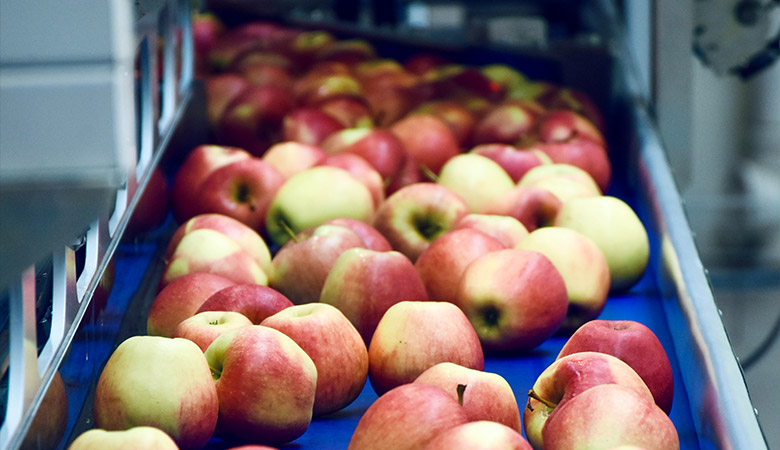
Management / Articles
6 productivity KPI to track every day
Productivity KPIs are the pulsing heartbeat of innovative companies. Here are 6 that you should track every day.
Posted in 2023-03-16
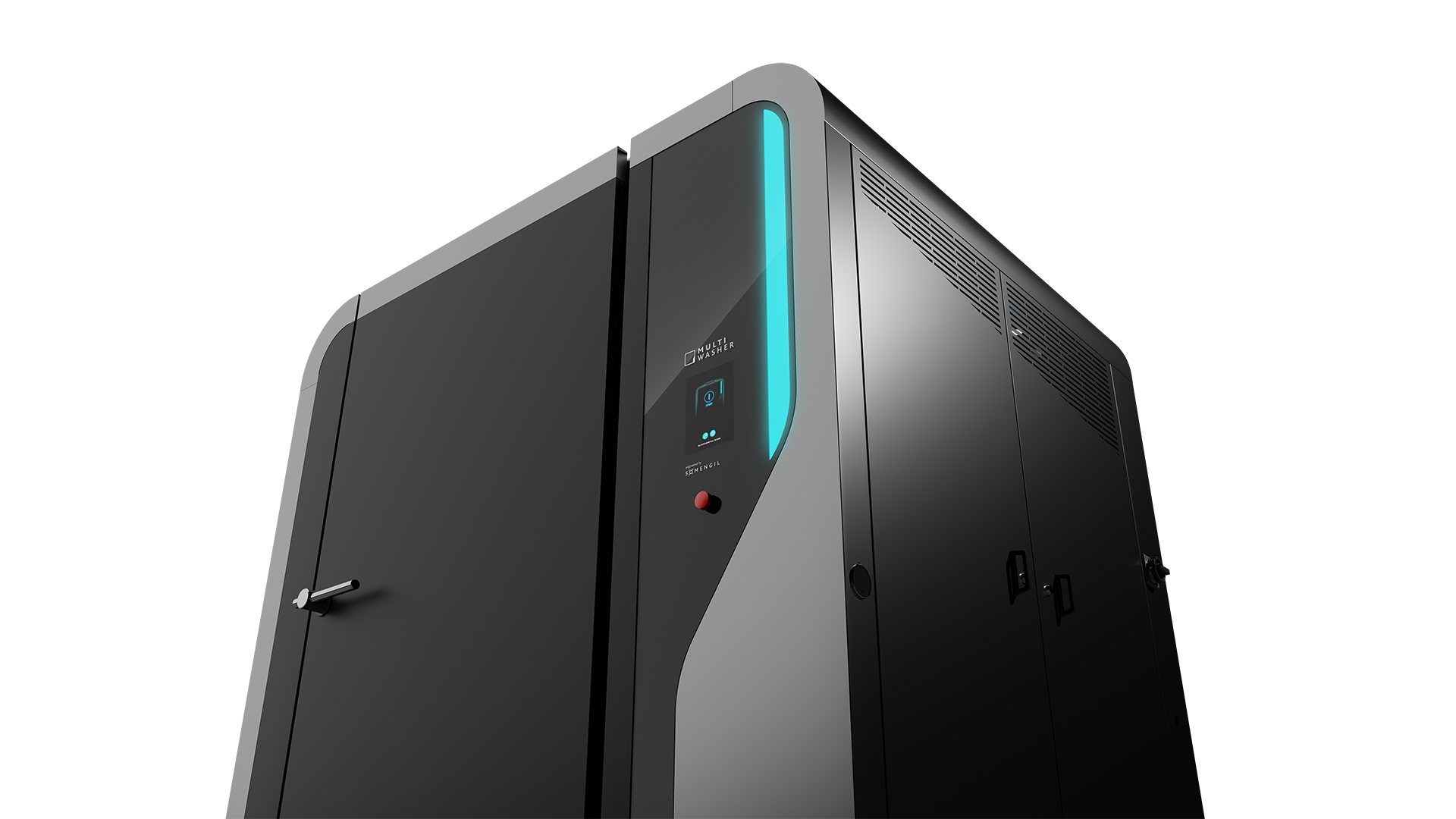
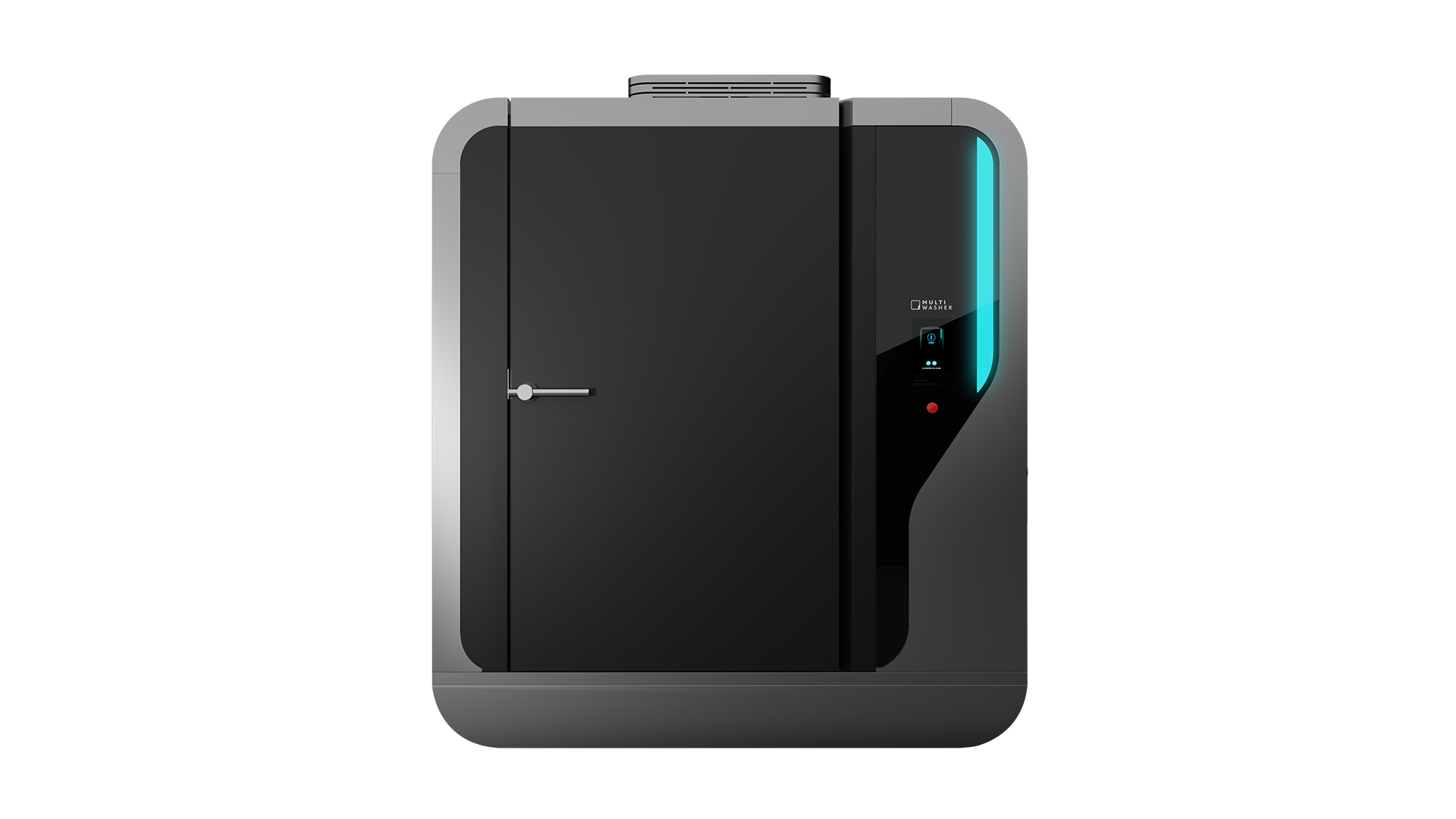
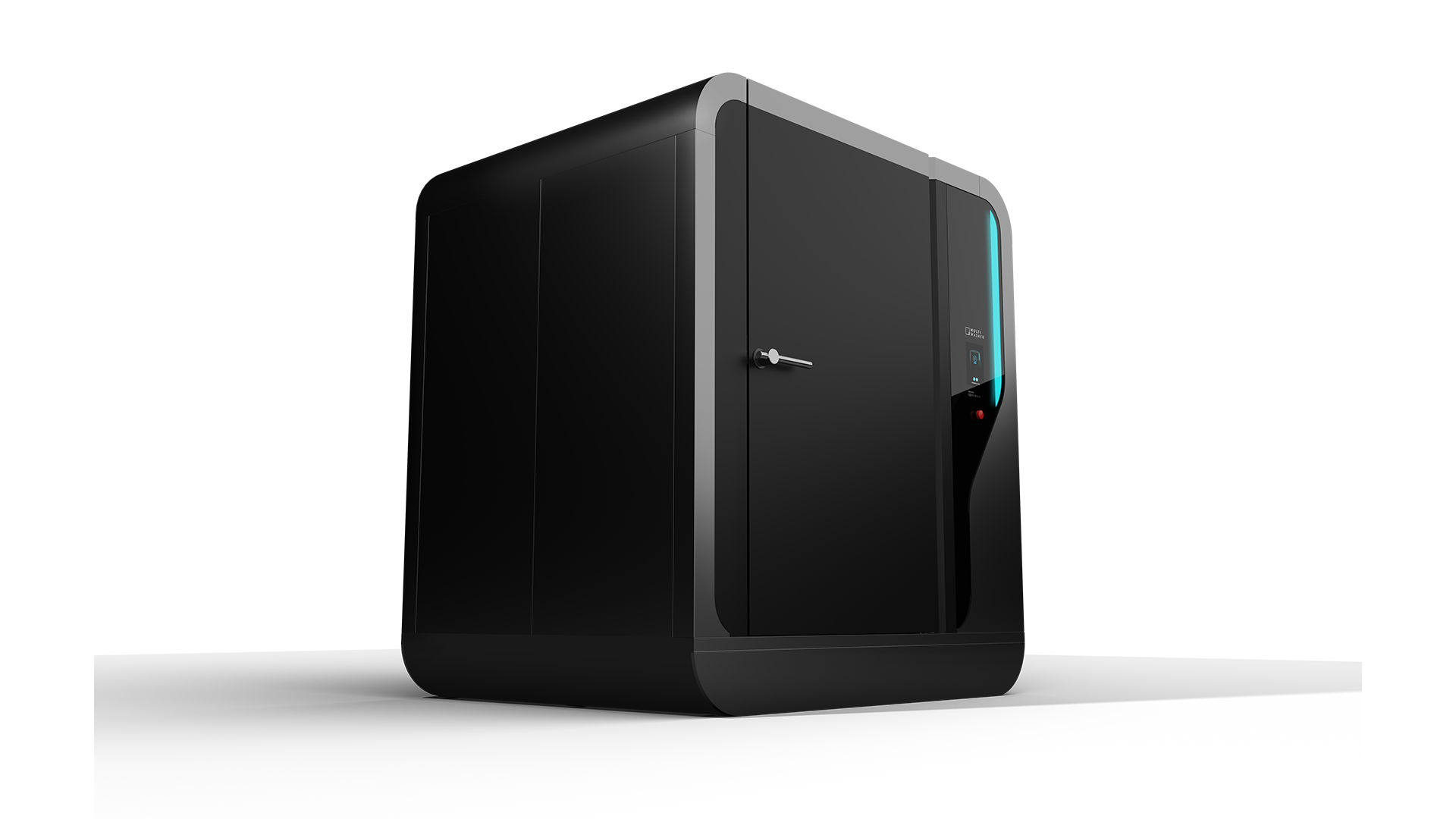
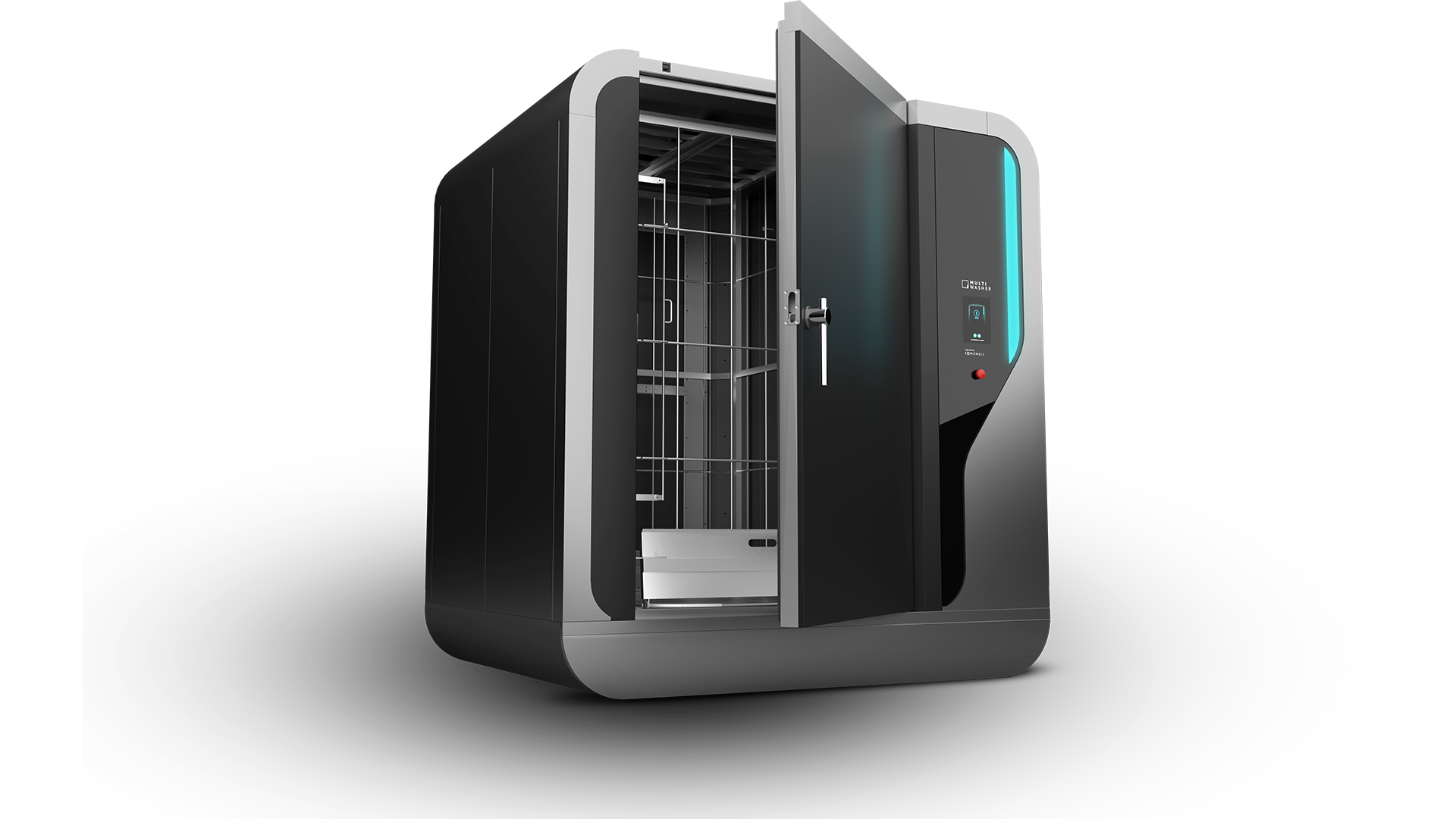
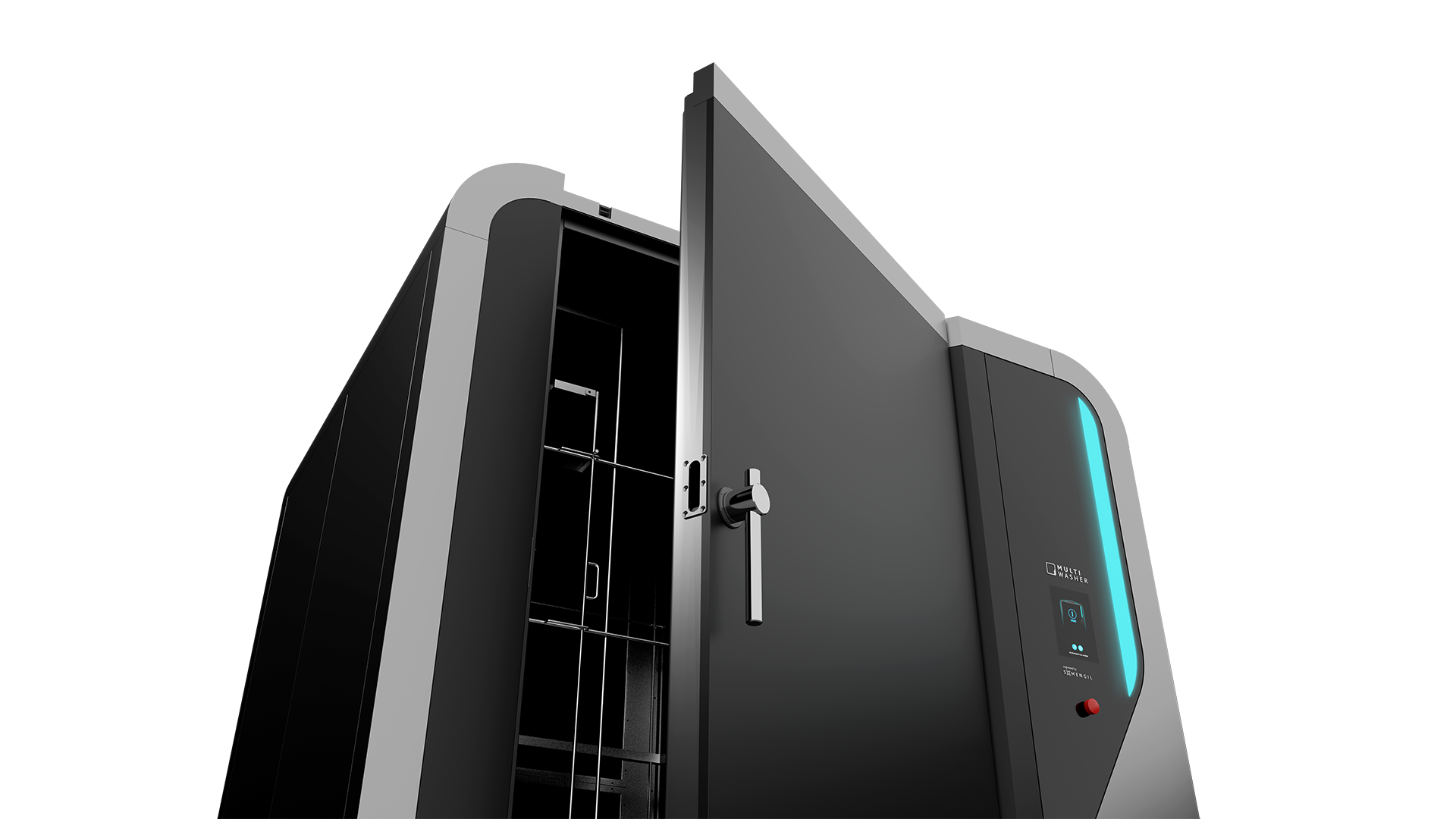
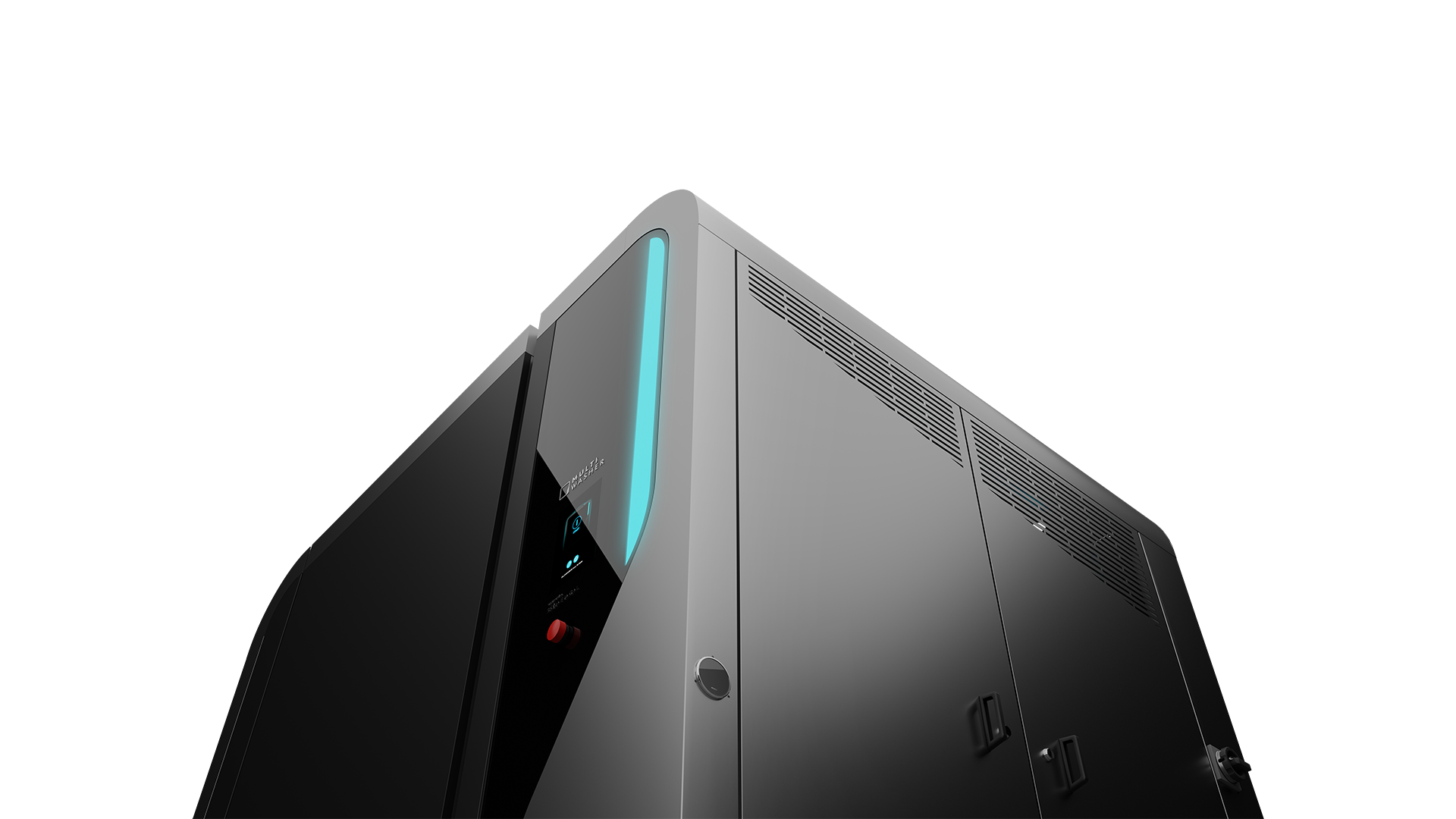
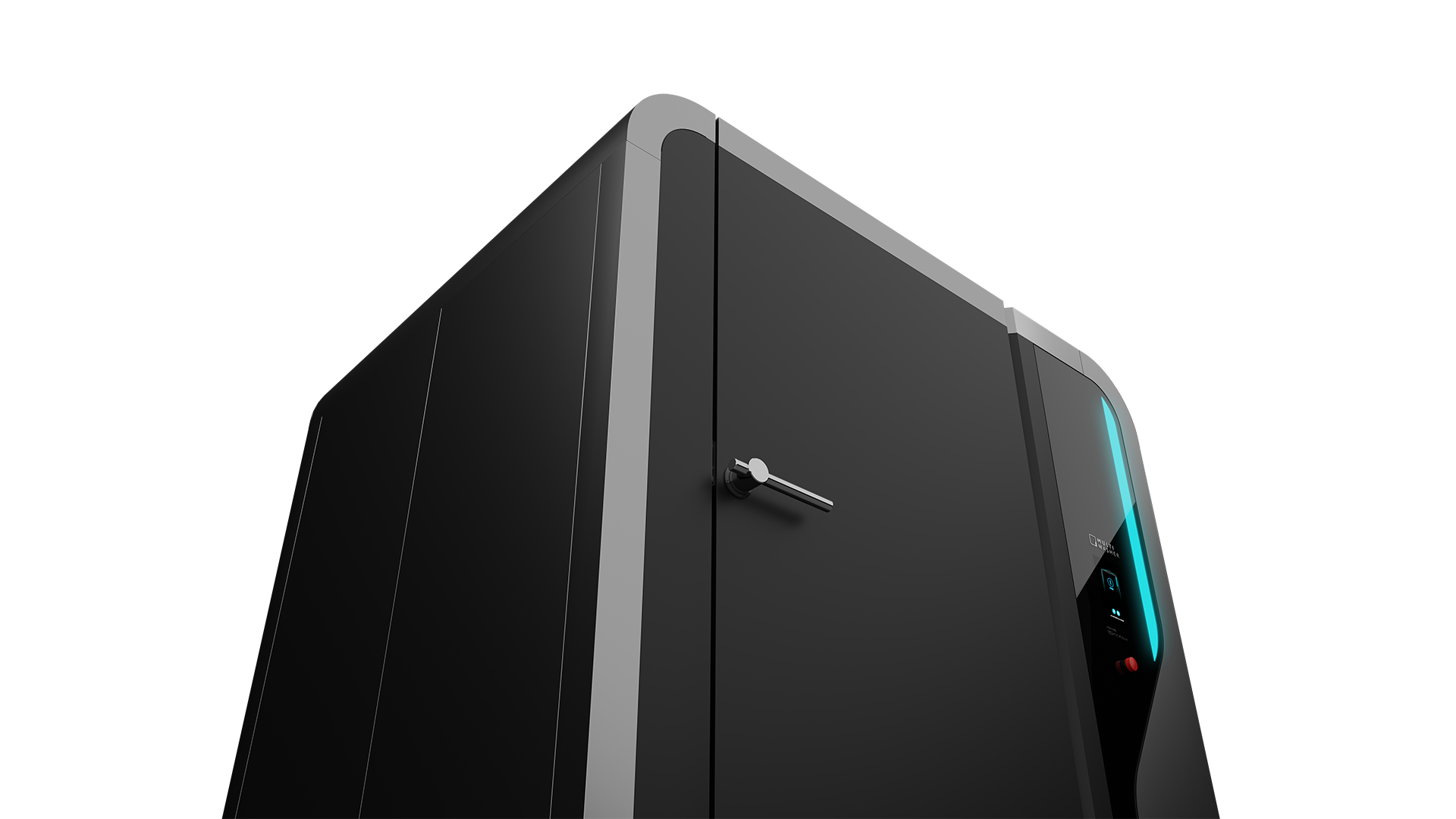
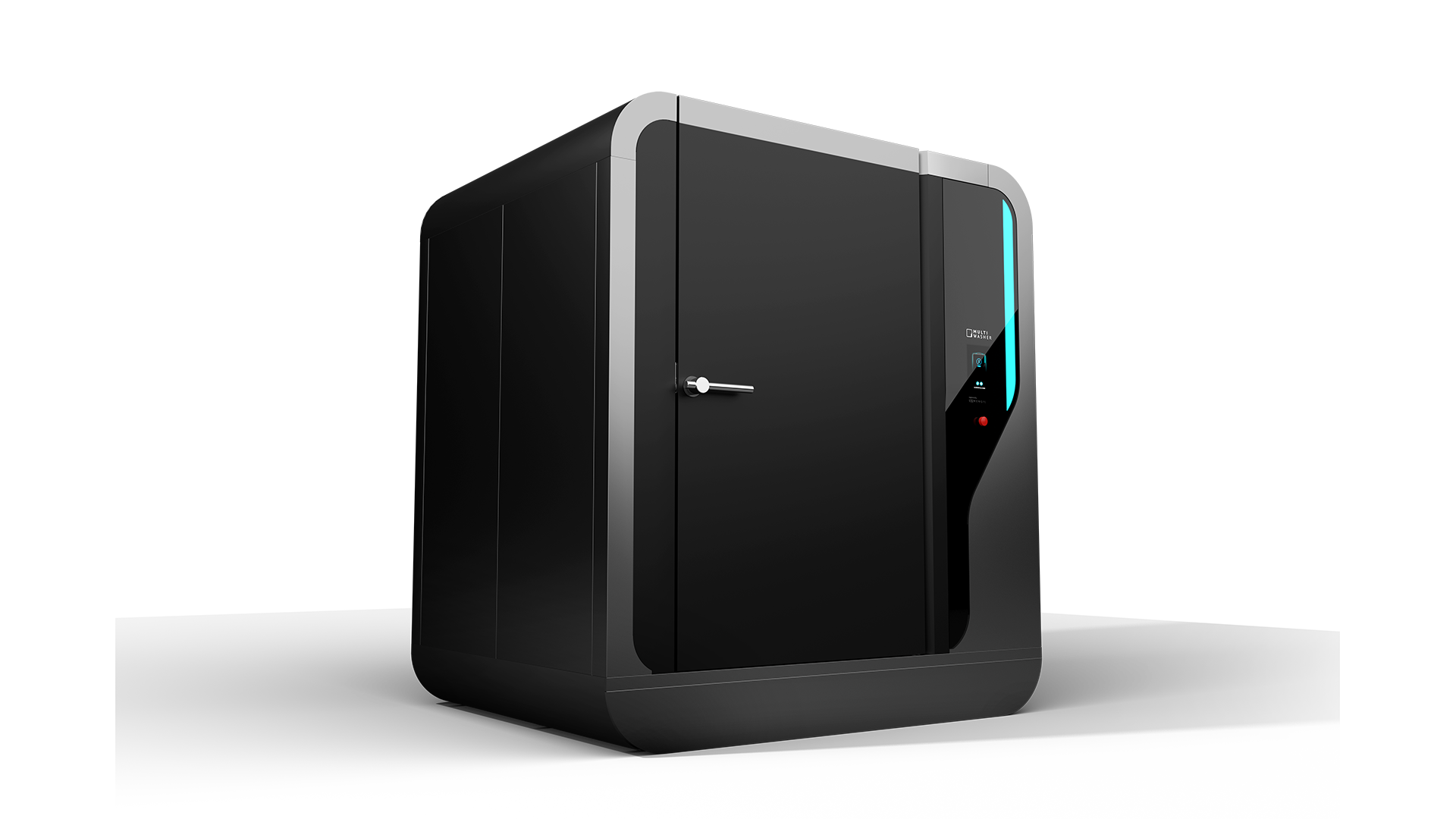
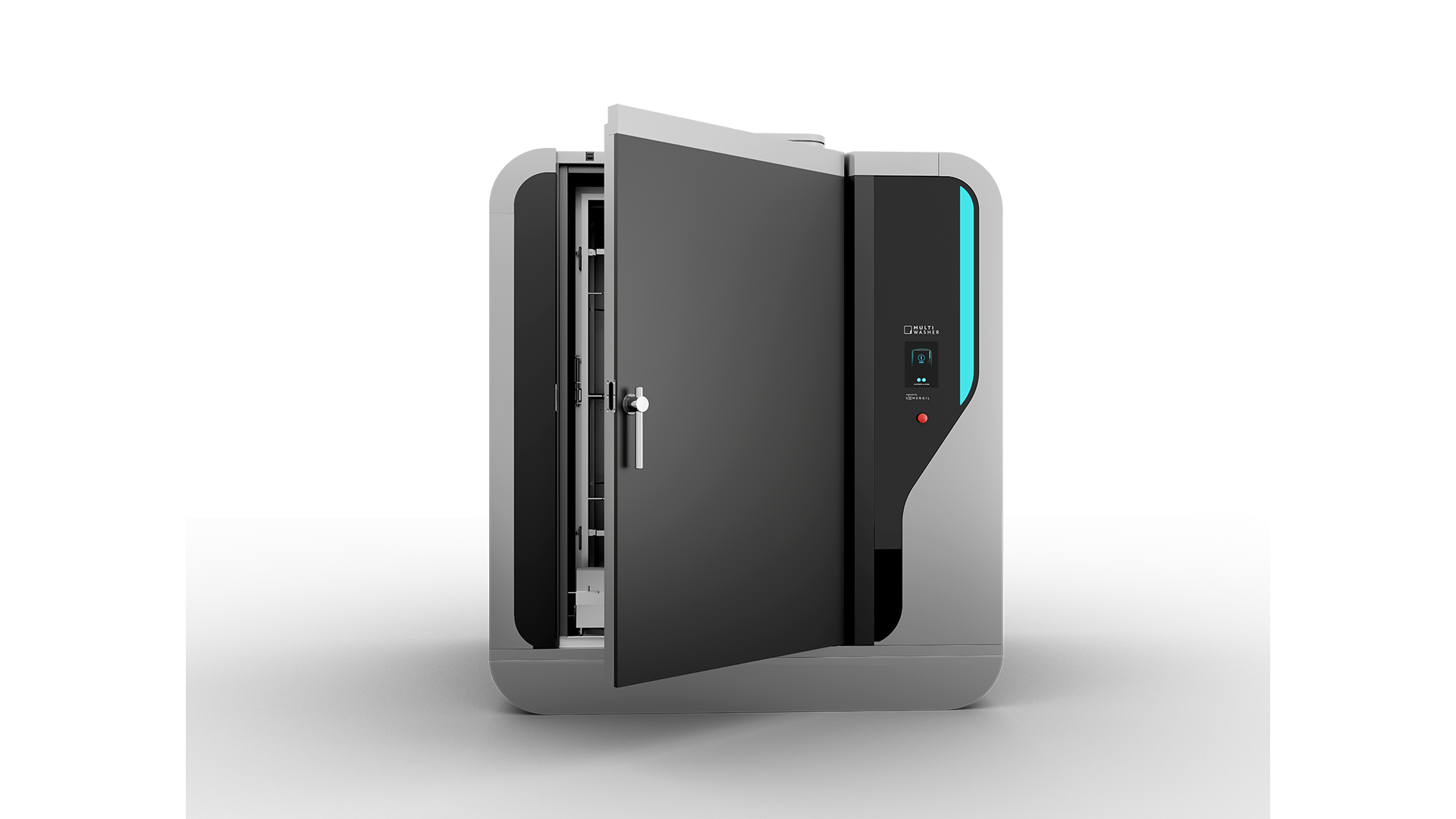
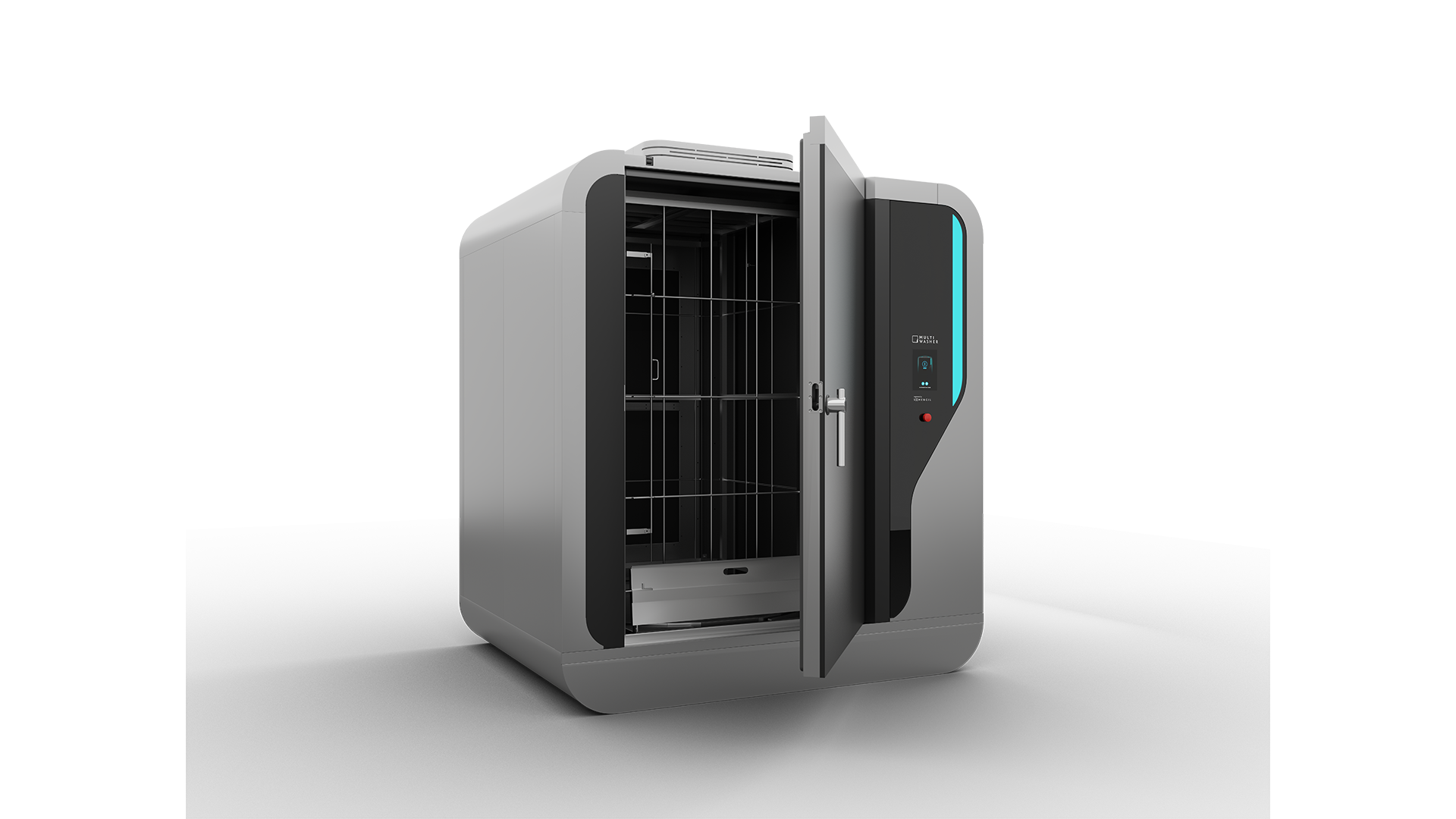
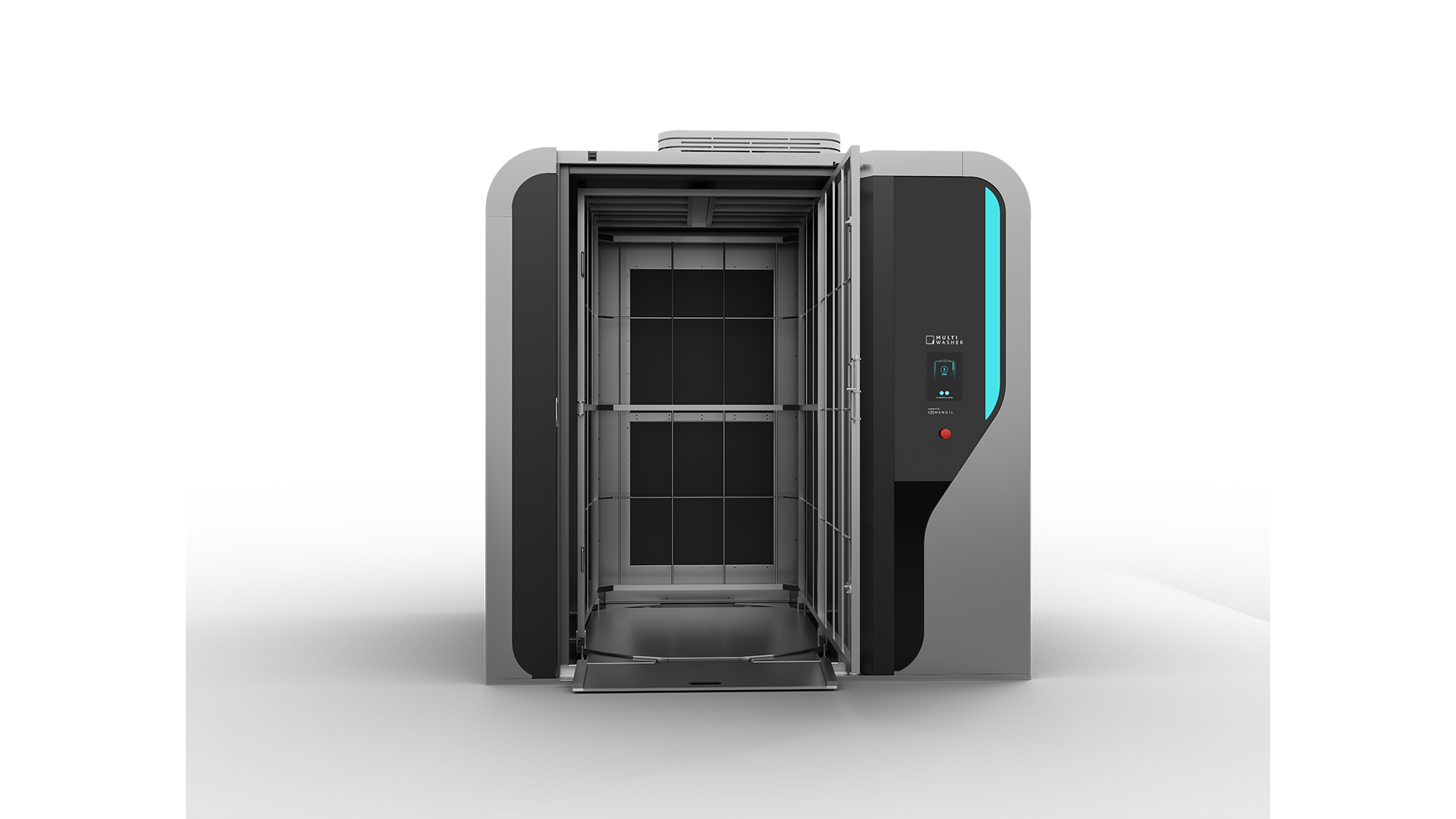
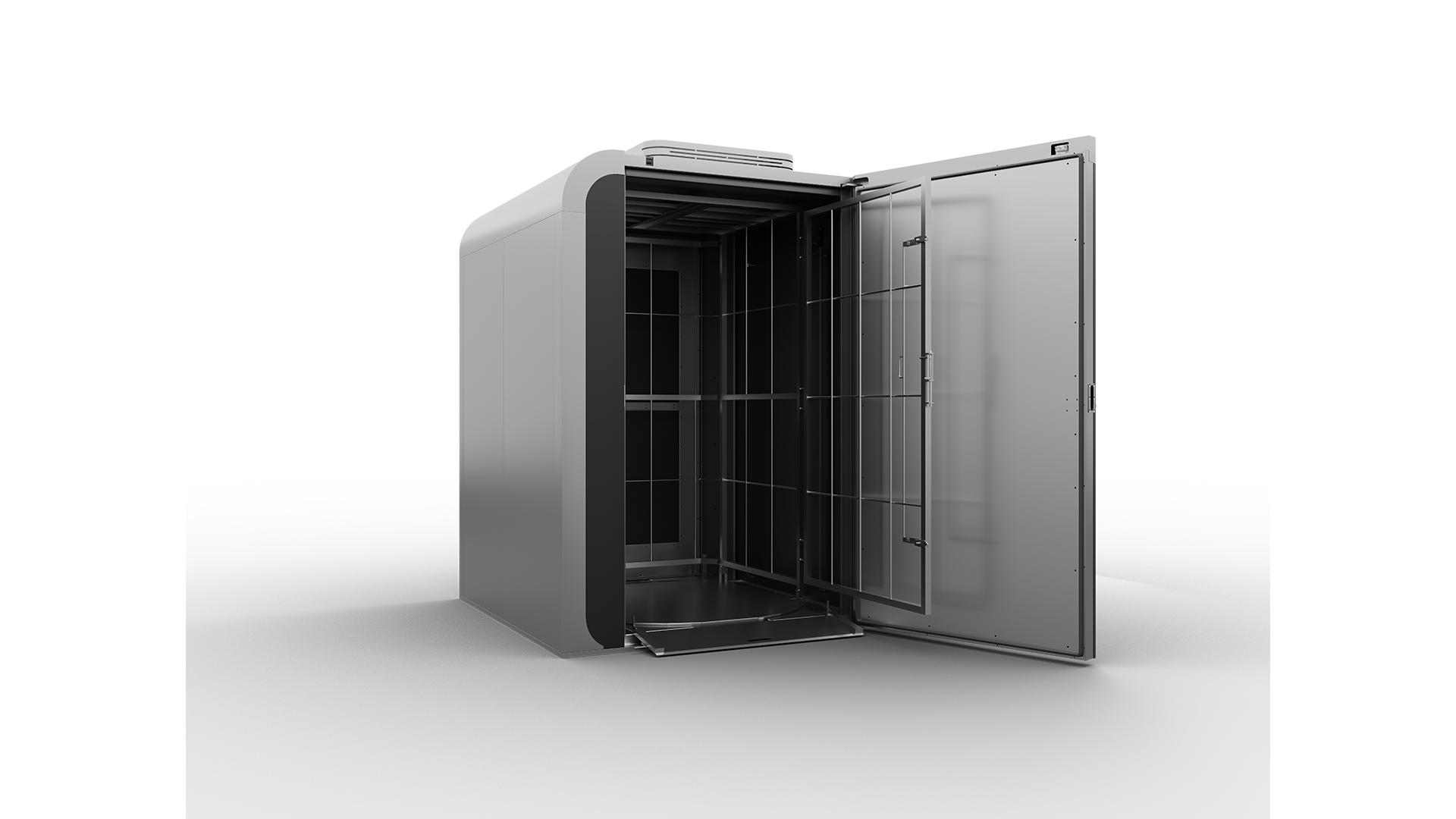
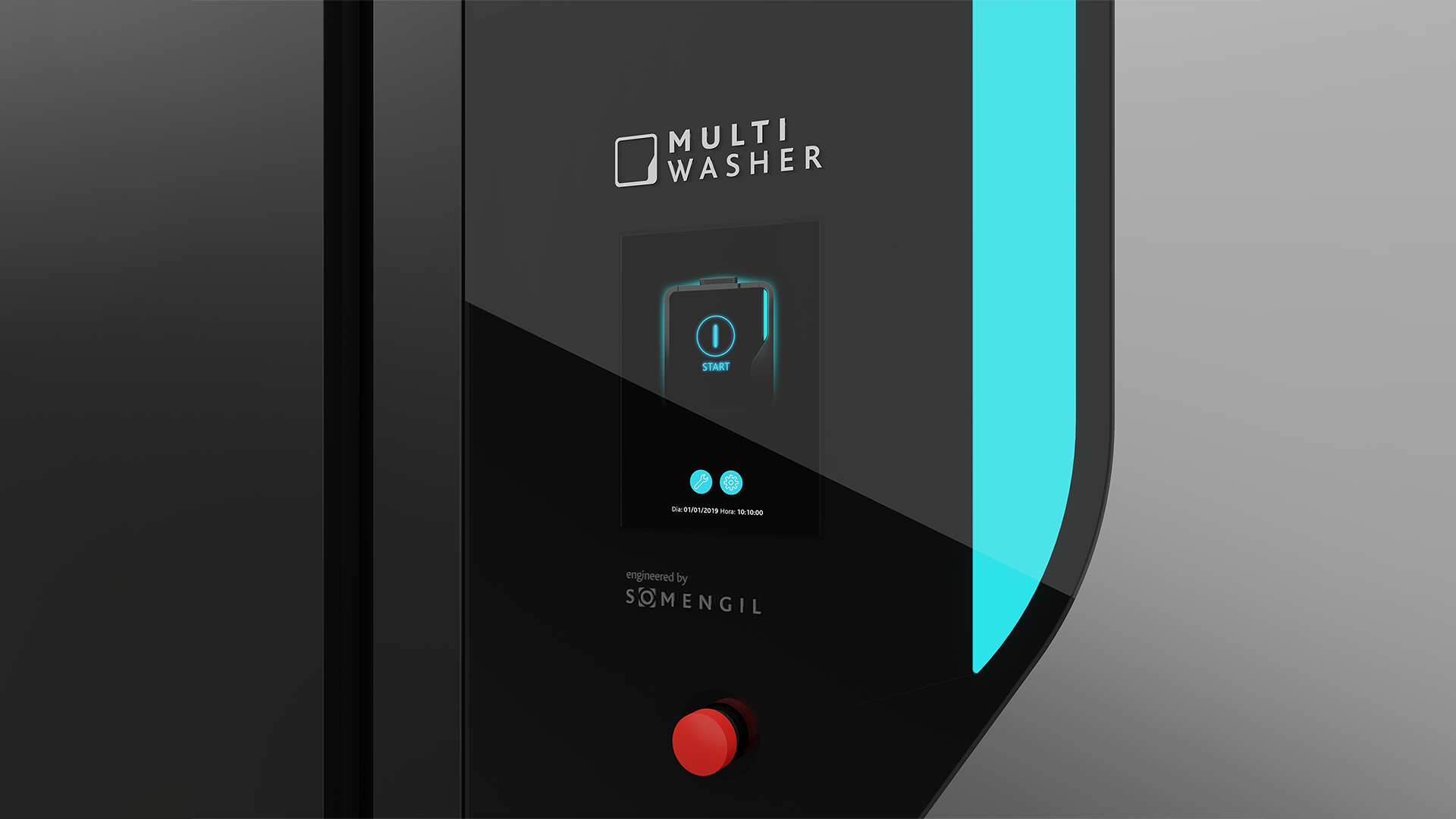
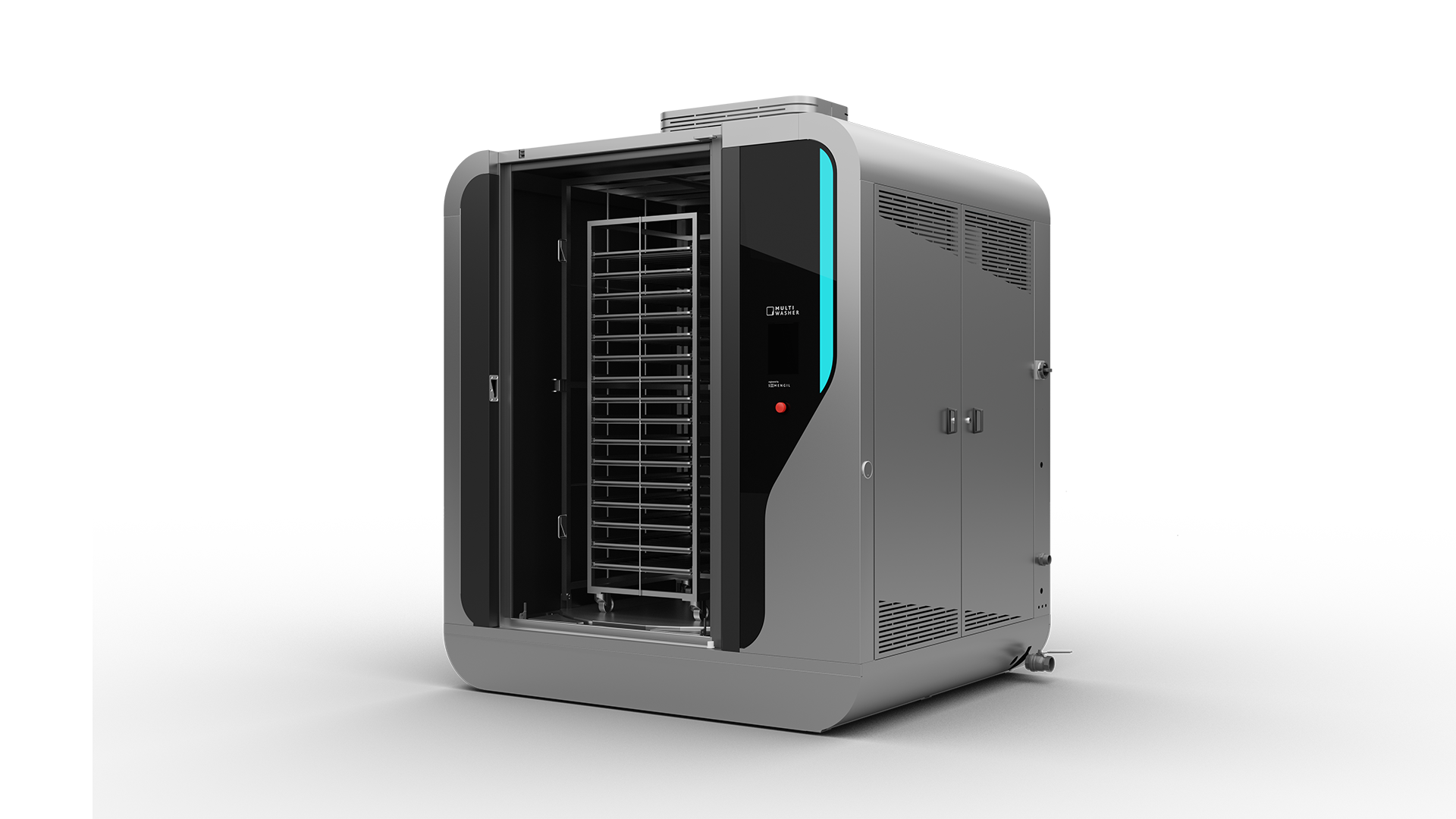
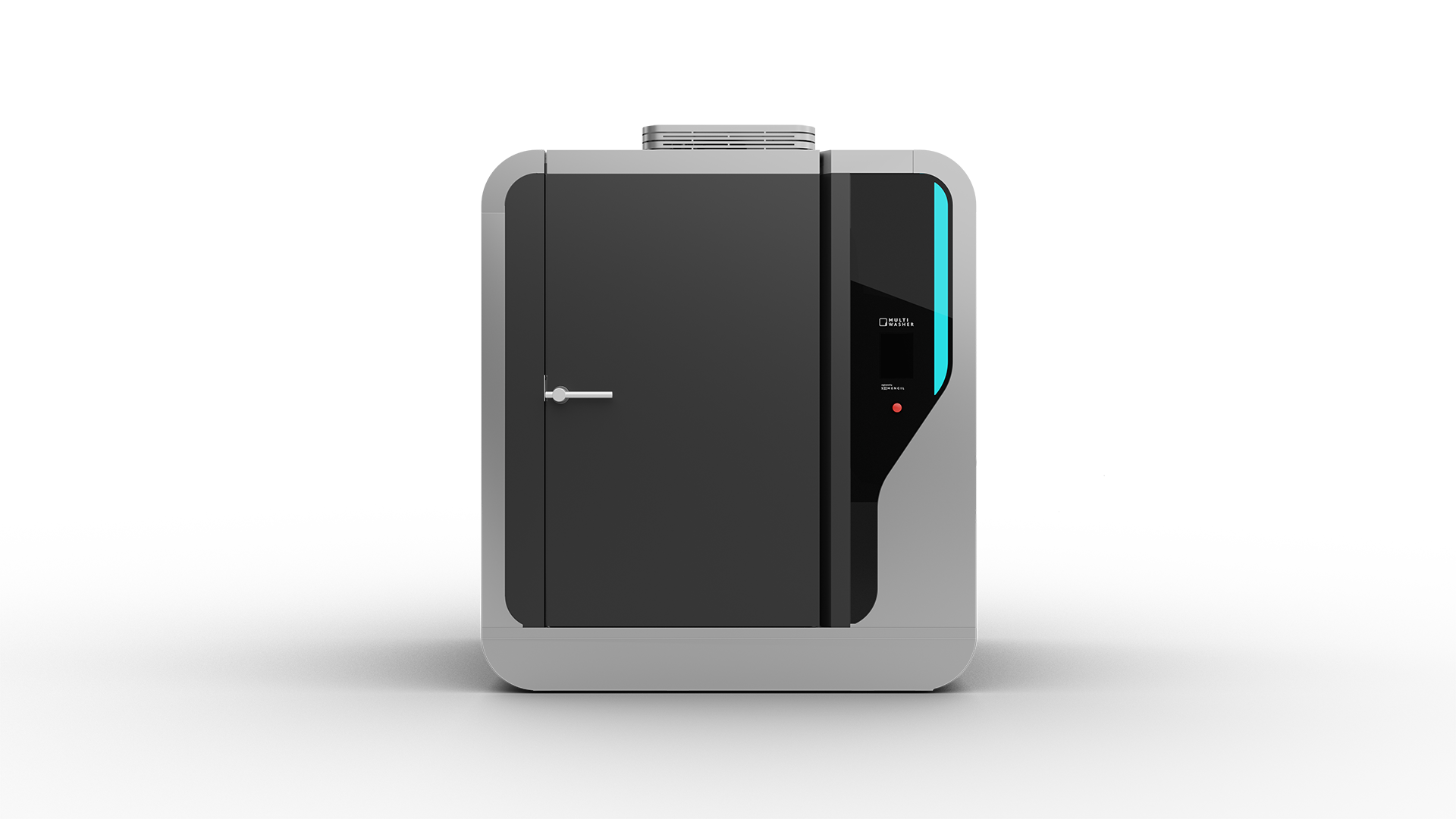

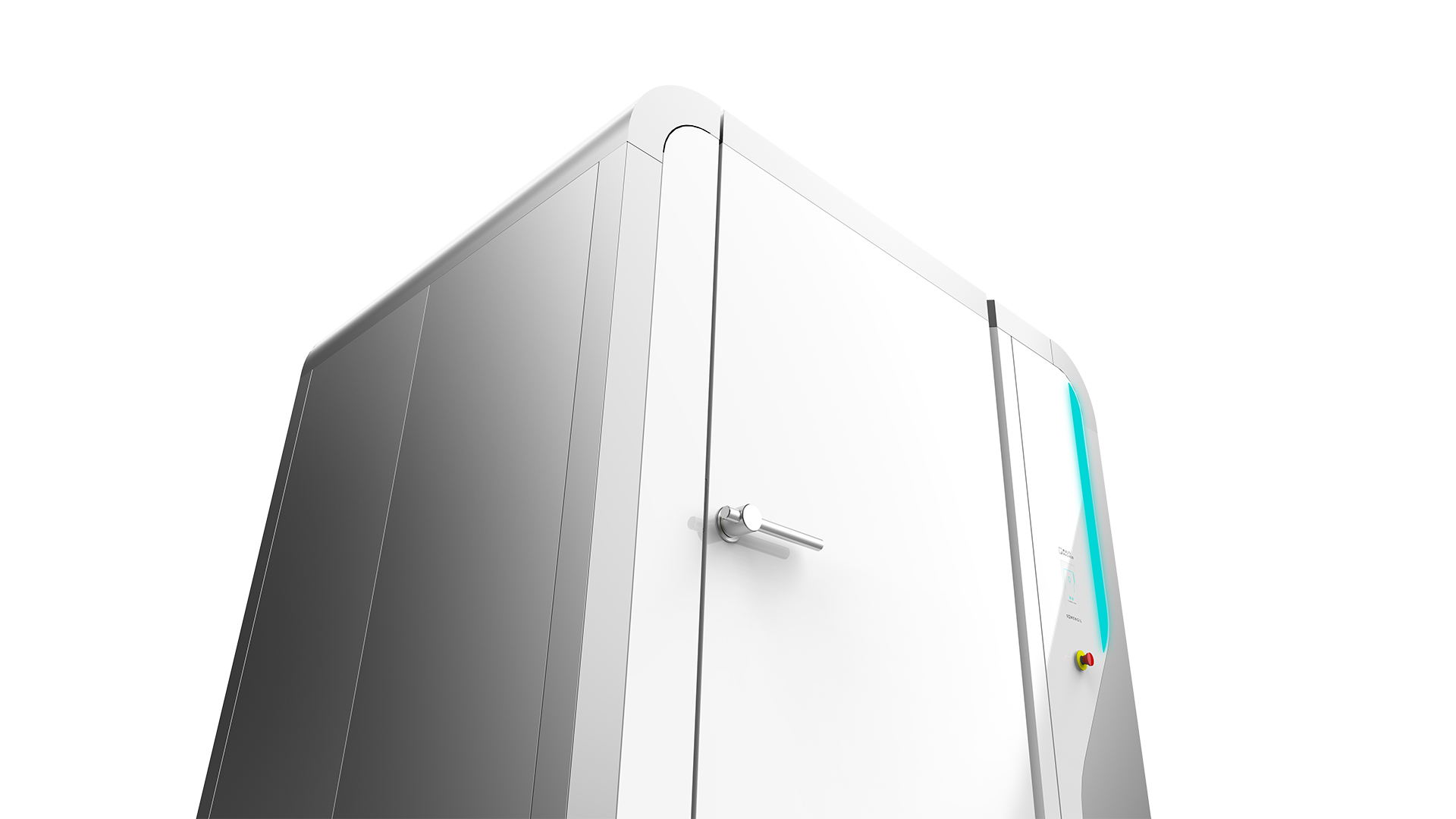
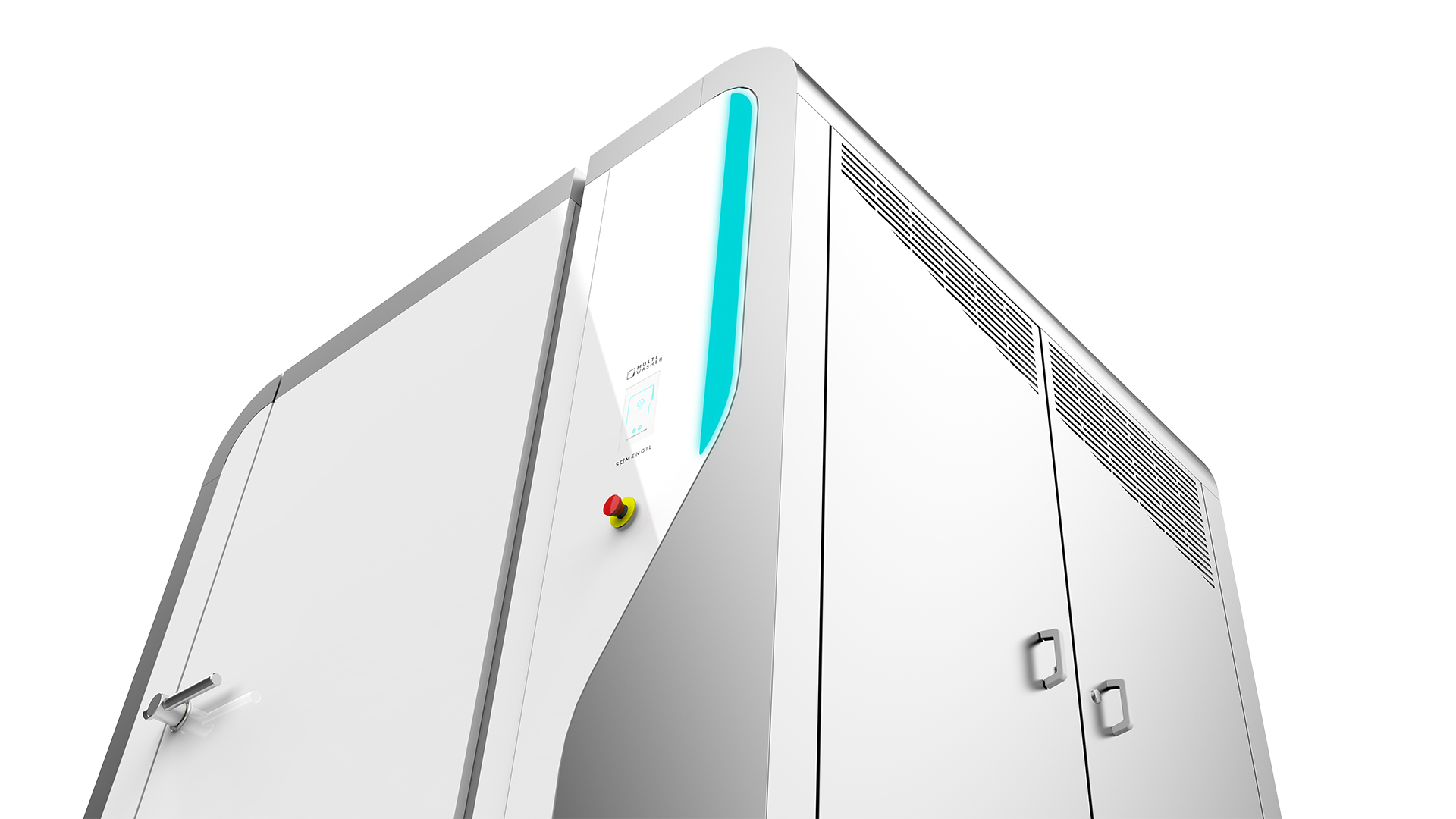
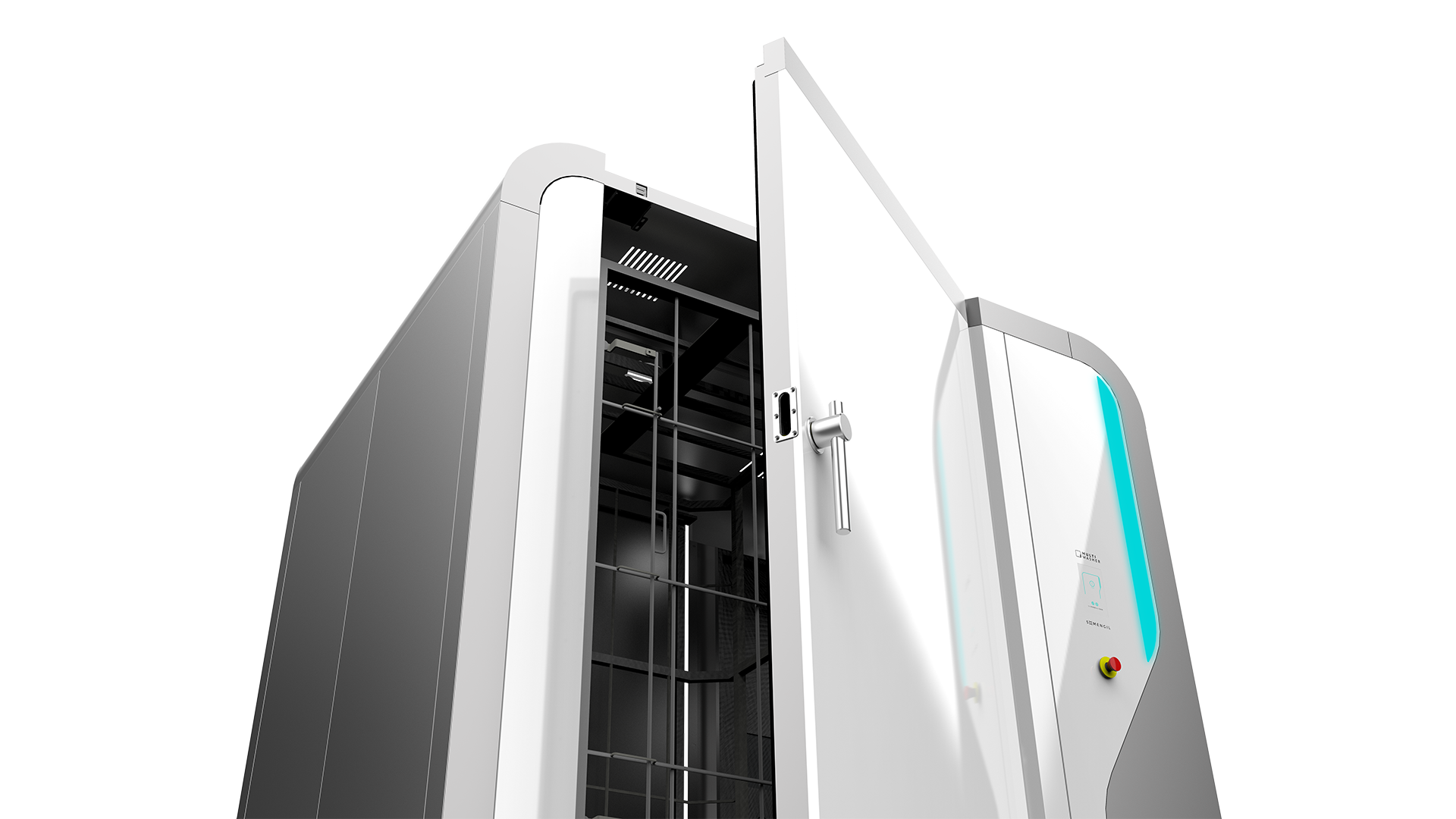
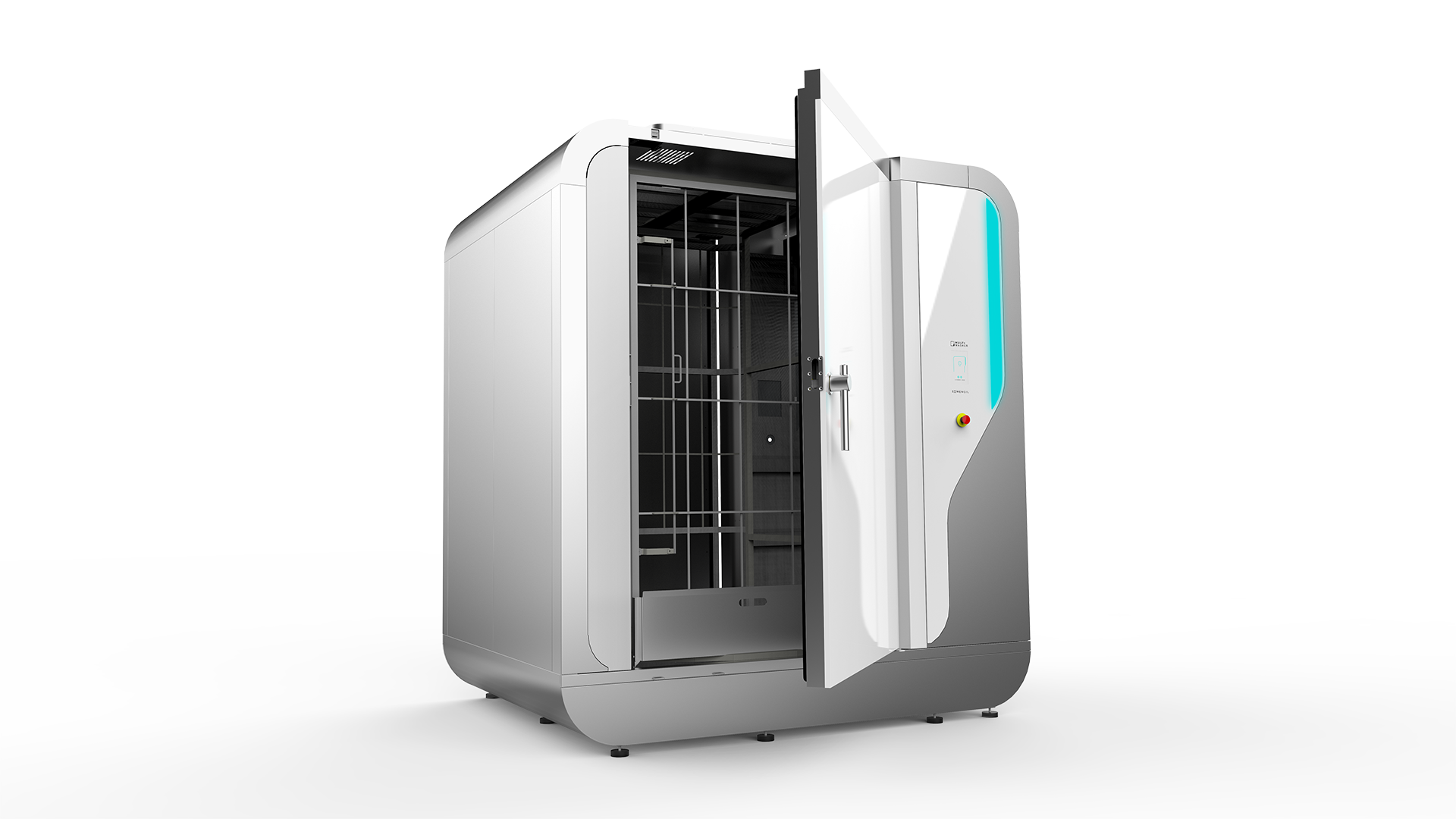
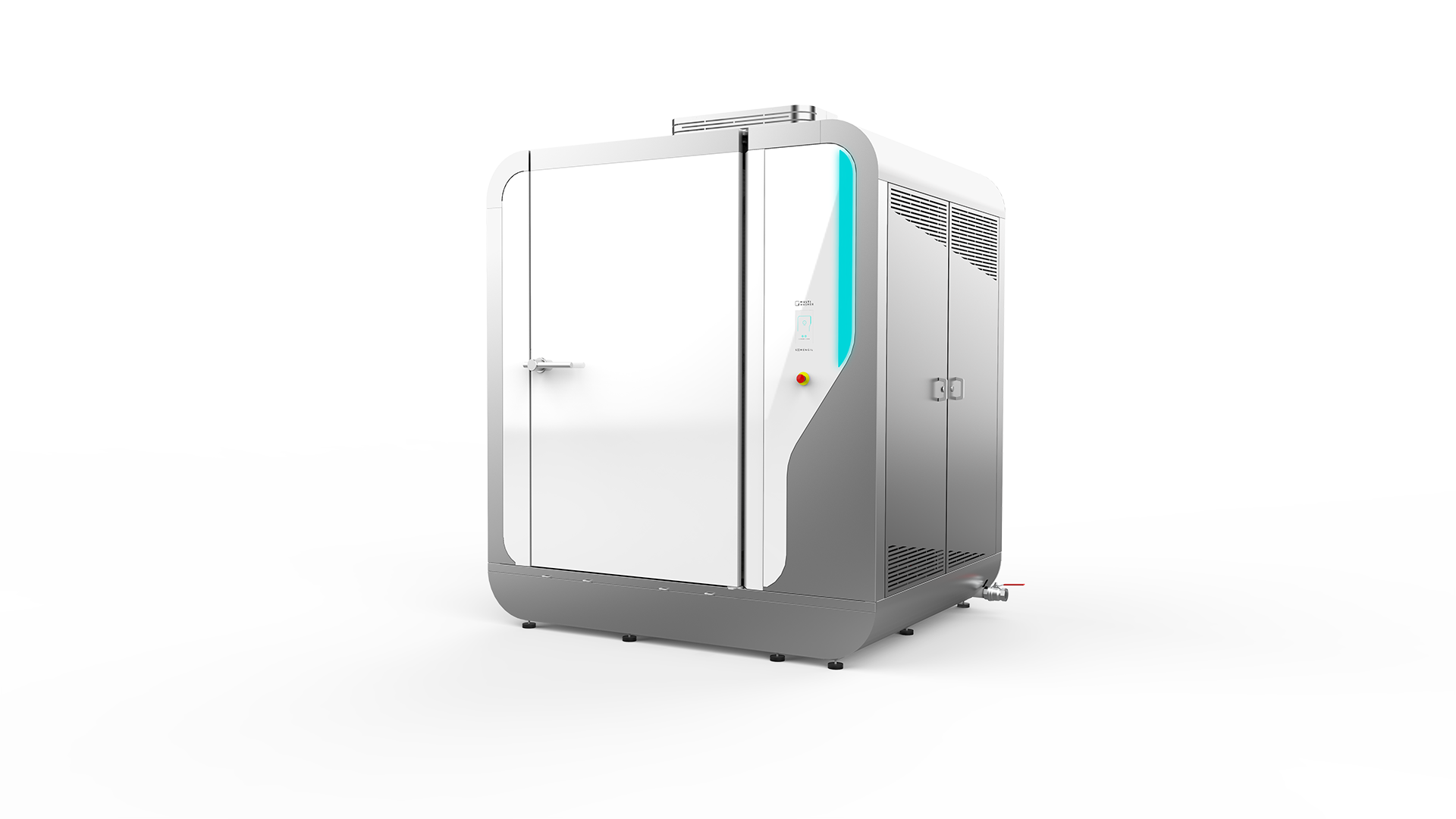
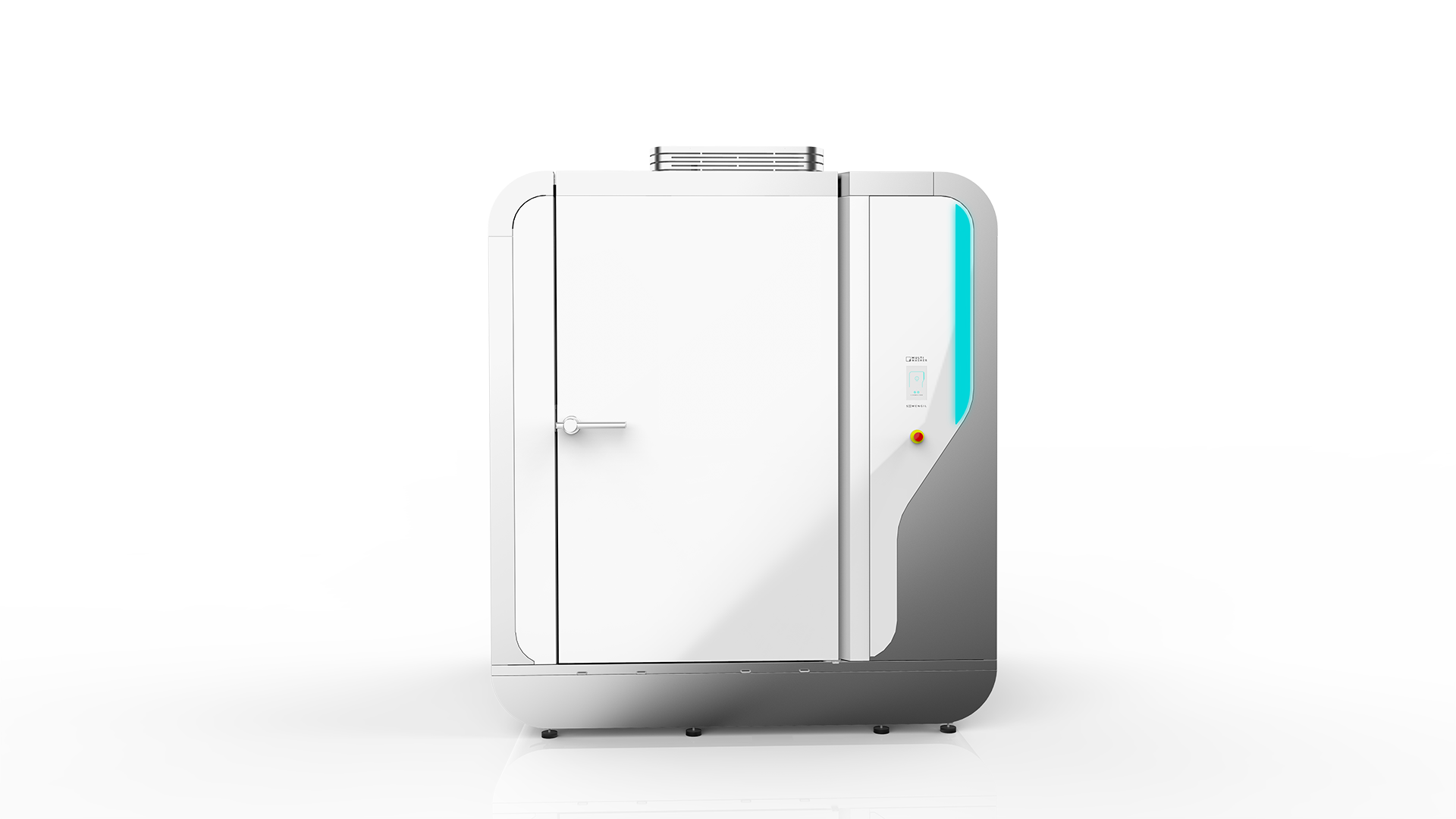
 Portugal
Portugal United Kingdom
United Kingdom United States
United States France
France Spain
Spain Germany
Germany Romania
Romania Italy
Italy Czech Republic
Czech Republic Finland
Finland Hungary
Hungary Slovakia
Slovakia Greece
Greece Lithuania
Lithuania South Korea
South Korea Russia
Russia Saudi Arabia
Saudi Arabia Poland
Poland Brasil
Brasil Hebrew
Hebrew